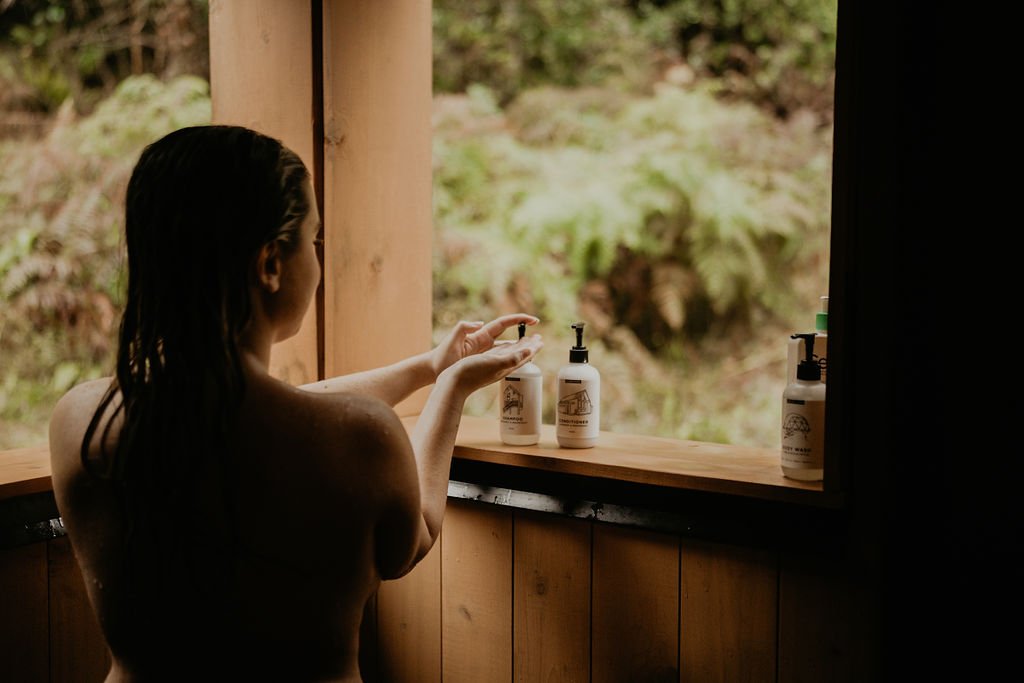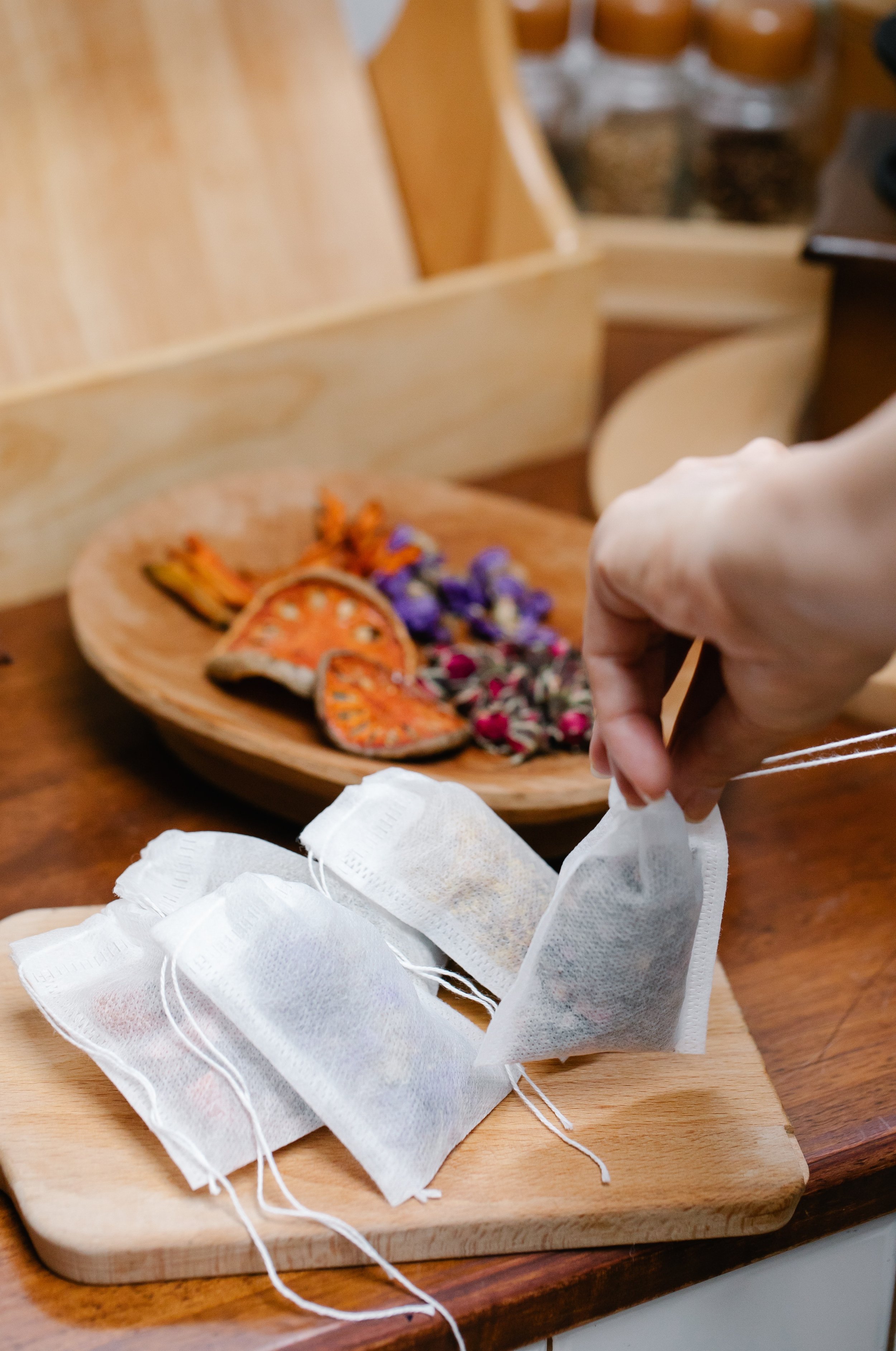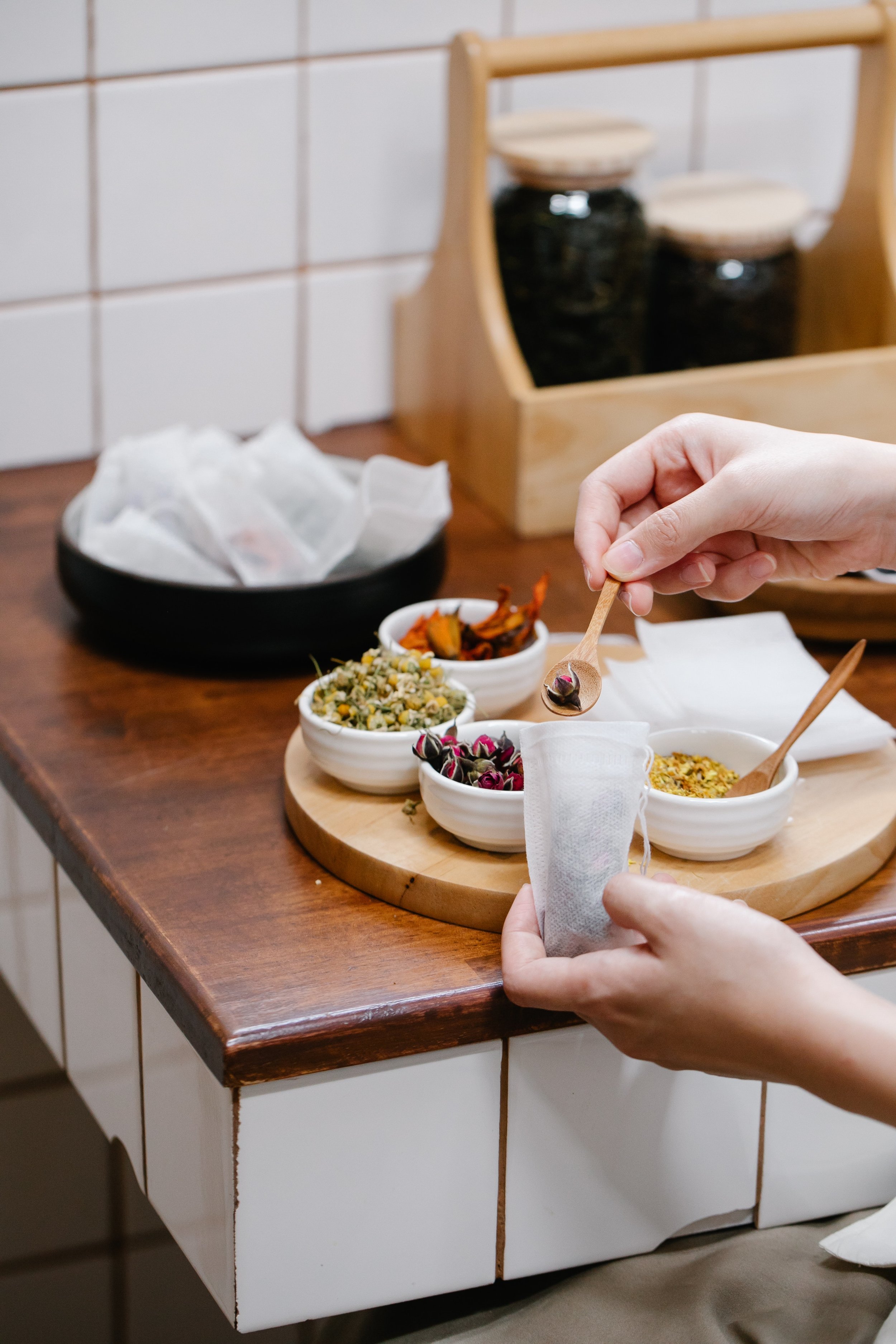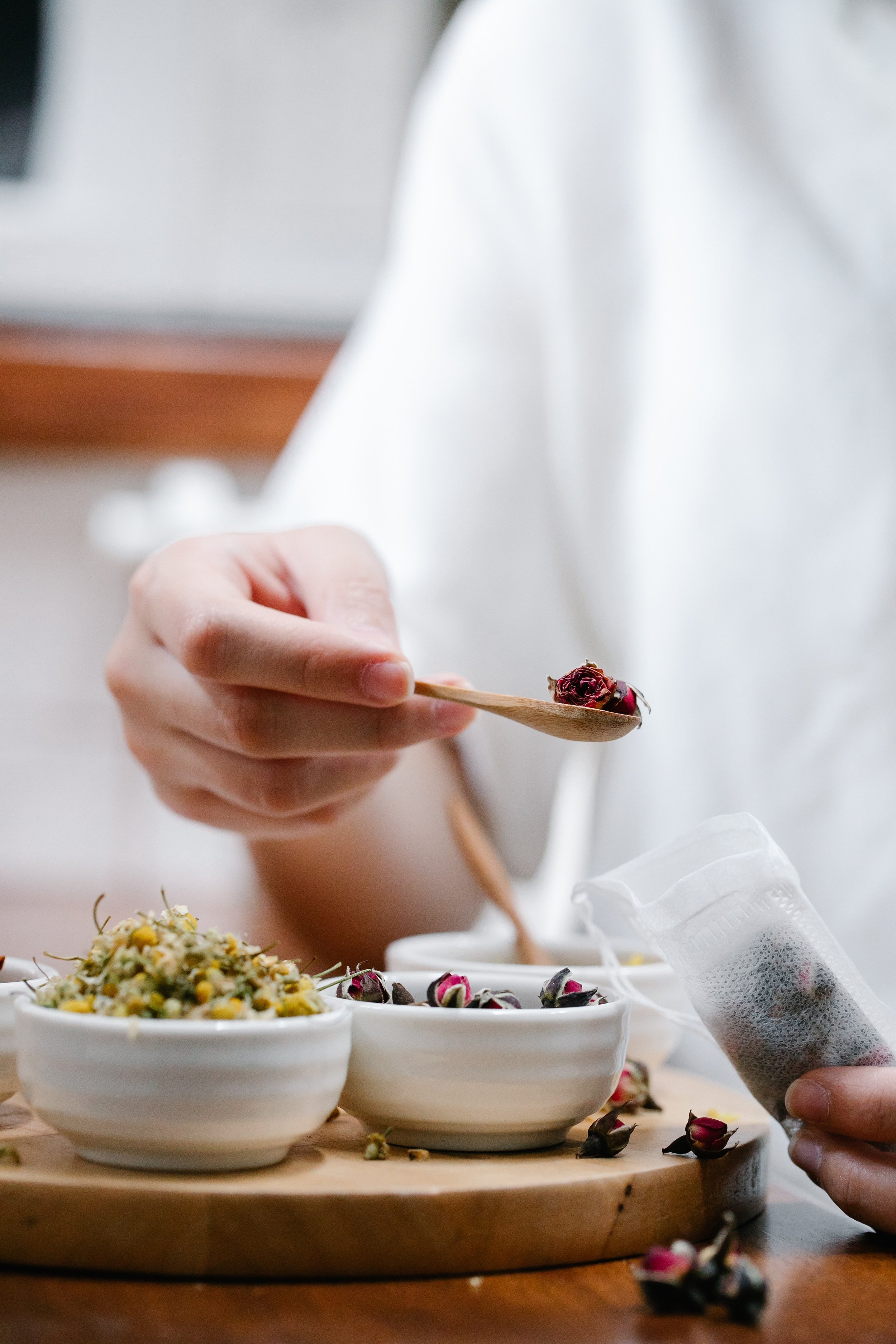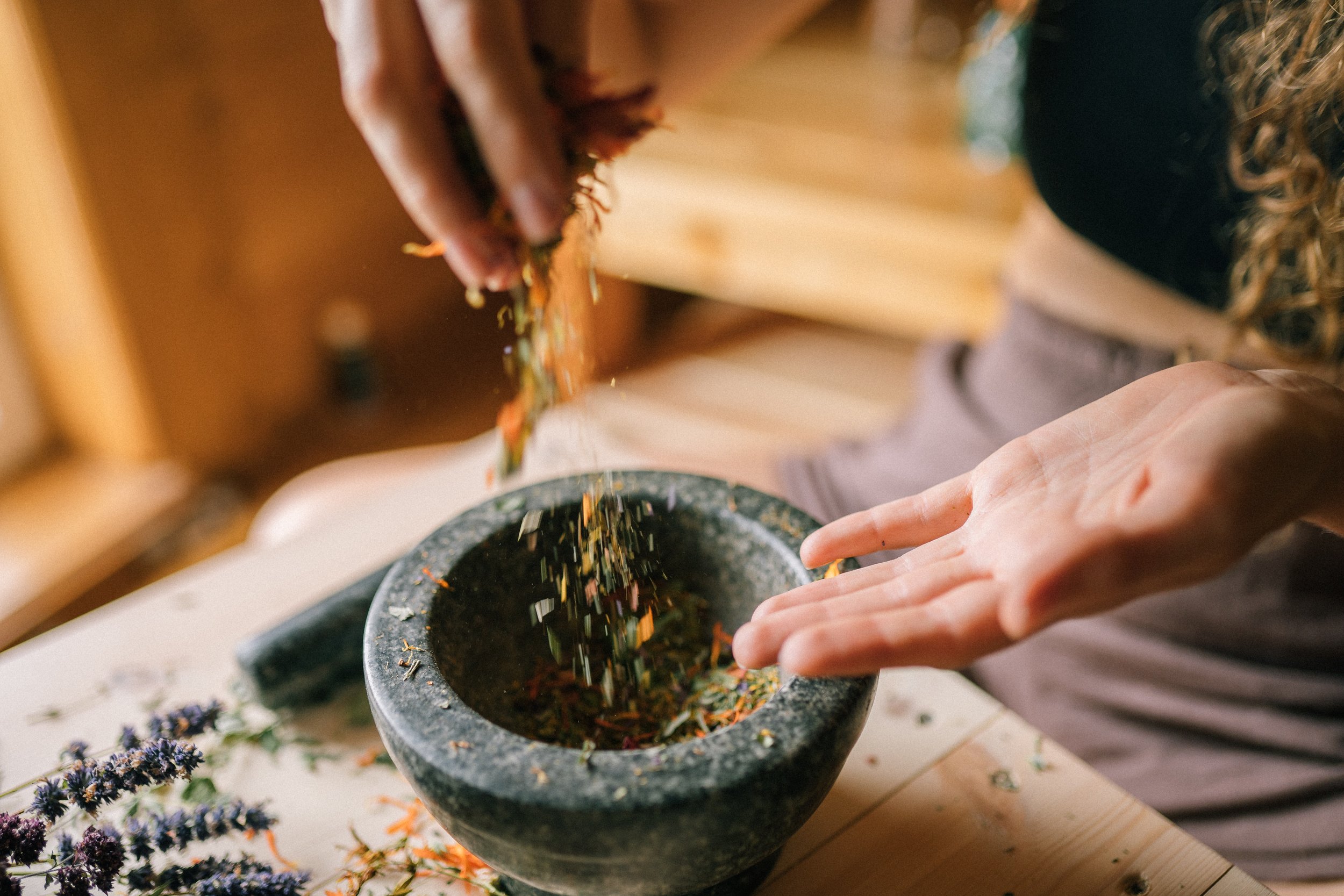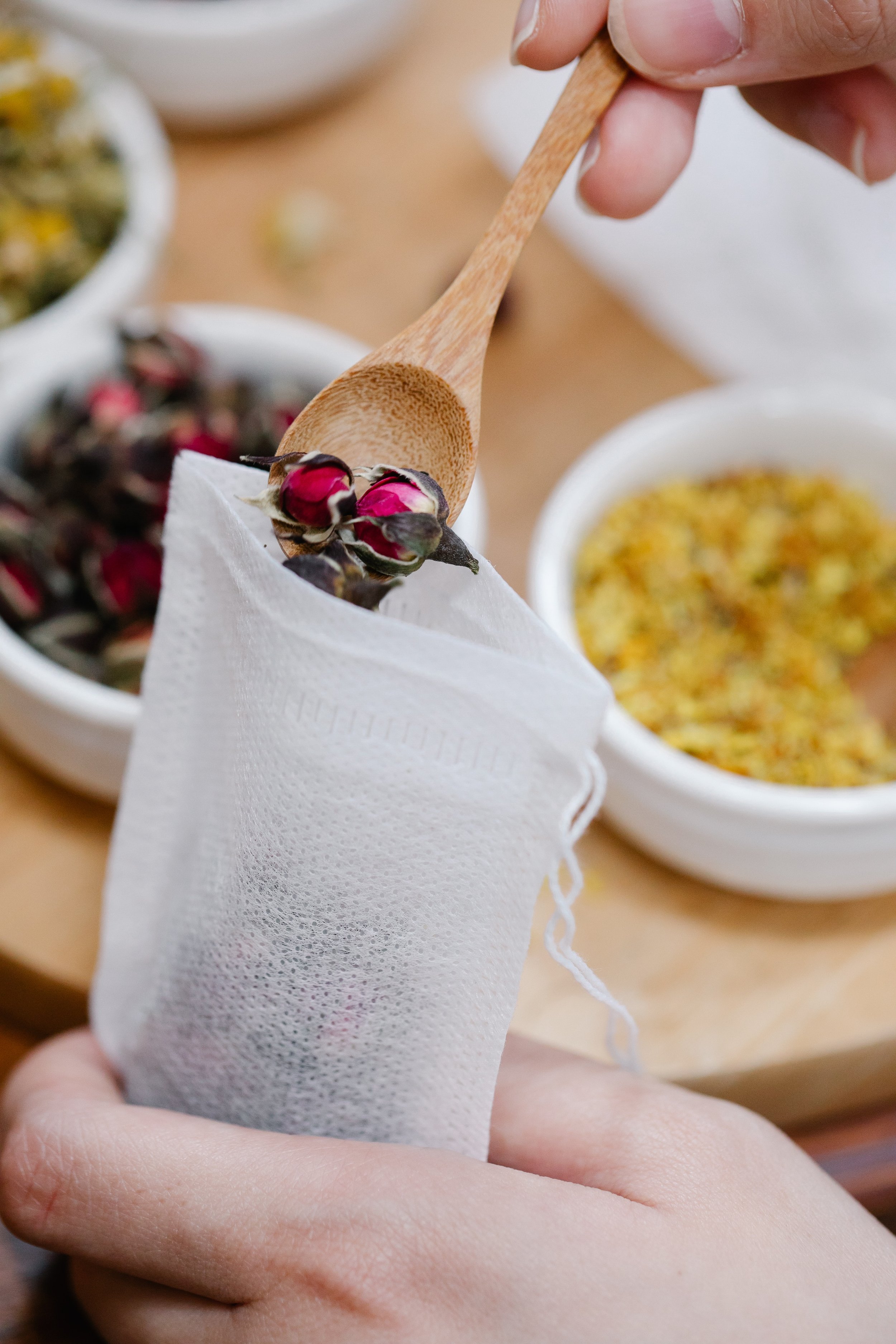Have you heard of “dinācharya” before?
It is the Ayurvedic term for a daily regimen that is followed to support the maintenance of a healthy life. There is also the term and practice of “rutucharyā”, which is the Ayurvedic word to encompass our seasonally-influenced rituals for optimal wellness. More than likely, you have put it into practice in various forms over the span of your life.
Around this time of year, we are seeing the concept and various themes of romantic love all around, as Valentine's Day approaches. With this heavy push of certain ideals upon us (particularly in the Western world), this is also an invitation to dive-in deeper, and reflect on how we love and respect ourselves through a consistent dinācharya.
The energies of this month can be harnessed to examine and reflect on your deepest love connections, starting with your relationship with yourself and what commitments you are upholding to ultimately walk your best path.
In this post we will delve into the benefits of dinācharya and what they can include. And as mentioned above, perhaps you already have a version of one or more of these rituals, or you already have a daily wellness practice (even if on an off-and-on basis). May this serve as a reminder or encouragement for each of us to journey into our own versions of dinācharya, apply it in our lives and ultimately reap the most benefits from it.
*This article is inspired by a recent course led by Jenna Furnari and some of her specific references. Along with cited sources, you can find a glossary below with Ayurvedic and other less-common terms that are included throughout this article.
Under the teachings of Ayurveda, establishing a physical routine for the body can help to create balance beyond the physical, and extends all the way to seek an internal balance relating to finding your mental and spiritual alignment, as well as your own unique energetic dosha. Learn what your dosha is here. The many benefits of following closely to a daily rhythm include both cultivating and maintaining a seasonally-regulated Agni), the domino impact being a healthy self-esteem, general vitality, and overall longevity - to name just a few. Integrating the daily regimen of dinācharya supports an overall grounded quality within, even while life continues to move through constant transitions.
Below is an introduction to a few steps you can take to begin bringing the practices of daily Ayurveda into your life through dinācharya, presented below, specifically as a morning ritual.
*As with most authentic wellness practices, this is not a one-size-fits-all regime. It’s important to seek additional resources and support (from trusted and recognized sources), along with getting medical clearance if relevant to your specific context, to compile your own unique version of what is outlined below.
This morning routine sets the tone and ample opportunity to maximize the potential of the rest of your day.
Tools for Dinācharya
Tongue Scraper
Sesame and/or Coconut oil
Neti Pot
Nasya Oil
Morning Dinācharya
Rise before the sun
Splash cool water on your face
Drink warm lemon water
Visit the toilet
Scrape your tongue
Oil pulling *Learn why and how to do this
Rinse with a Neti pot
Follow up with Nasya oil nasal massage
Abhyanga with coconut or sesame oil
*Benefits of daily massage include bestowing good health and nourishment to the body, which slows down the aging process and supports restful sleep.
Glossary of Terms :
Agni: Our internal, biological fire that aids our ability to digest, absorb and assimilate the food that we eat, the experiences we have and the emotions that occur within. This transformation also takes place with the sensory impressions that come our way.
Abhyanga: A self-given body massage
Āyurveda: This system of medicine is translated as the science of life, originating from India.
Dinācharya: A daily regimen followed to support the maintenance of a healthy life.
Imbolc : The halfway point between Winter Solstice and Spring Equinox/Ostara).
Kriyas: Specific sets of exercises, breathing techniques and sound mantras practiced to unlock energy channels or chakras in the body with intention.
Nasya: A method of administering herbal oil through the nostrils as a therapy for one of the five major senses.
Neti: A body cleansing technique used for nasal irrigation and cleansing of nasal membranes. This simple therapy has many benefits for the both the body and the mind.
Sources Cited:
Acknowledgment and thanks to the contributing resources of this publication, Jenna Furnari for her supplied content, and inspiring this entire article, and Aruna Bakhru via literature included in “Nutrition and Integrative Medicine: A Primer for Clinicians.”
Gratitude to our community near and far, both for taking the time to explore our blog and for walking the path to your best self - we hope this resonated and aids you in finding balance within.
Tell us in the comments what mornings rituals you look forward to most.
All Photos - Copyright Nectar Yoga







